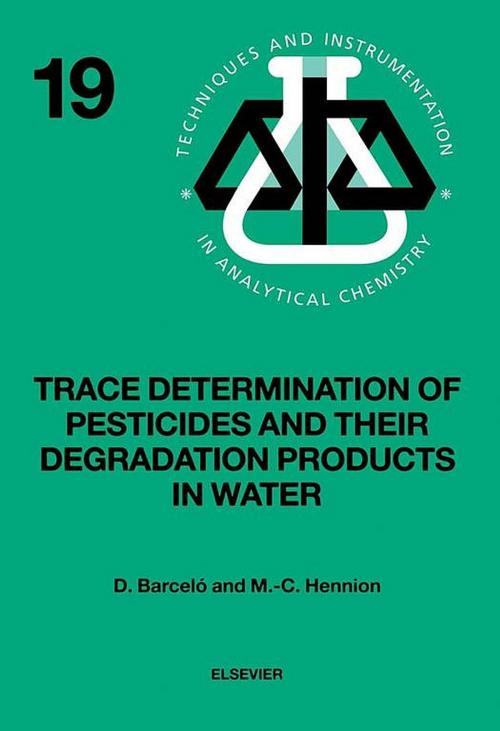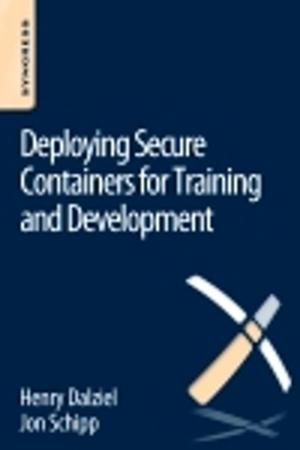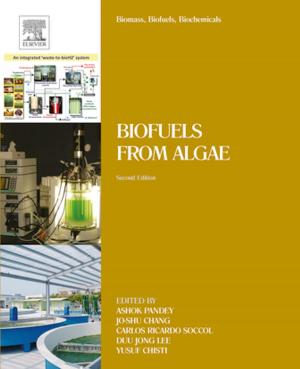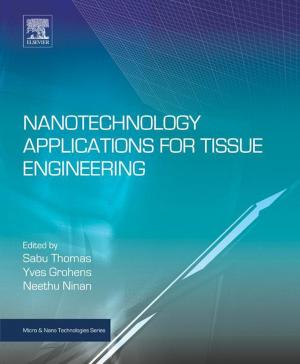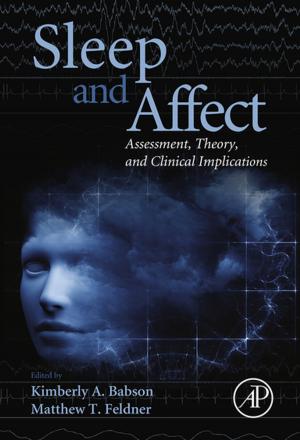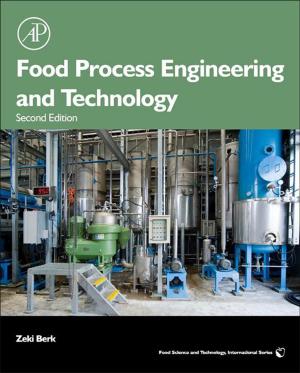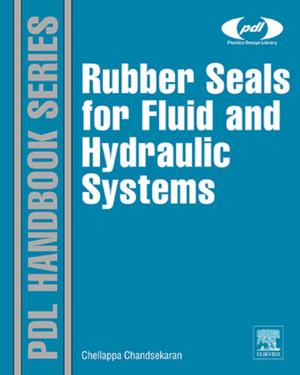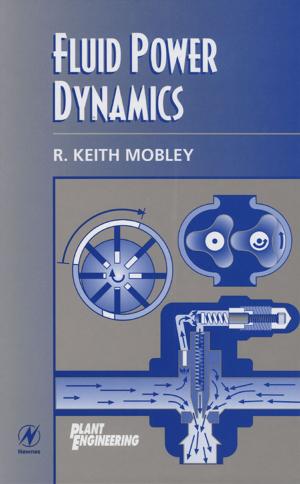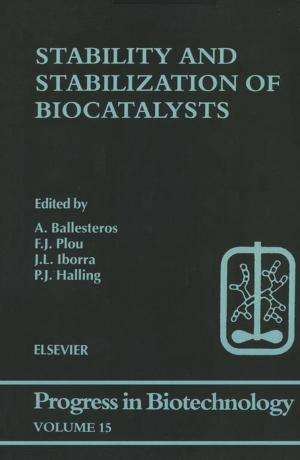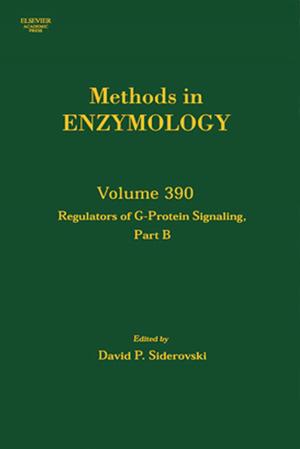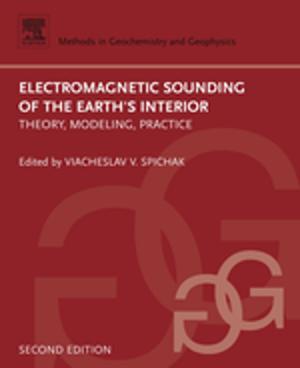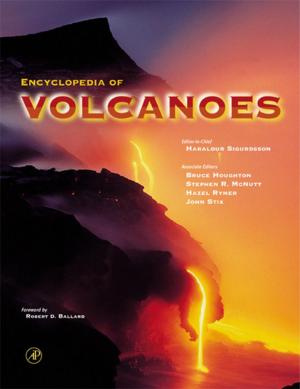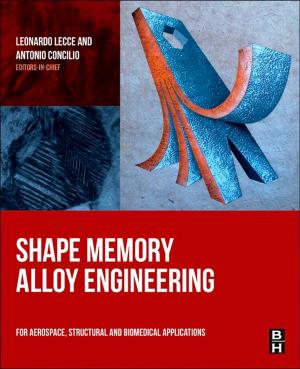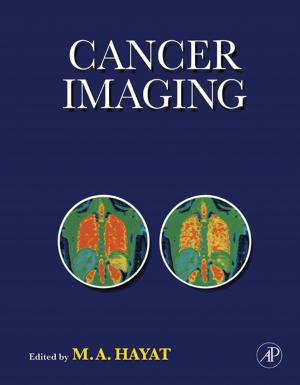Trace Determination of Pesticides and their Degradation Products in Water (BOOK REPRINT)
Nonfiction, Science & Nature, Science, Chemistry, Analytic, Biological Sciences, Environmental Science| Author: | Damia Barcelo | ISBN: | 9780080543123 |
| Publisher: | Elsevier Science | Publication: | December 15, 1997 |
| Imprint: | Elsevier Science | Language: | English |
| Author: | Damia Barcelo |
| ISBN: | 9780080543123 |
| Publisher: | Elsevier Science |
| Publication: | December 15, 1997 |
| Imprint: | Elsevier Science |
| Language: | English |
The book answers one of the key problems in pesticide analysis: the diversity of chemical functional groups, with varying polarity and physicochemical properties. Pesticides and their metabolites have received particular attention during the last few years in environmental trace-organic analysis. For instance, in the case of groundwater, the use of pesticides has become a cause for concern. Under the right conditions, pesticides, such as fertilizer nitrogen, can move through the soil into groundwater, a phenomenon once thought improbable. The movement of agrochemicals in surface water flow can be, in some instances, a major problem, specially in the case of water soluble pesticides that are generally transported to estuarine and coastal waters. Estuarine waters feature gradients of both pollutant concentrations and physicochemical characteristics such as salinity, turbidity and pH, and all these parameters must be carefully considered when developing methods of analysis for trace organics in estuarine waters.
One of the key parameters in analytical determination is the environmental sampling. Different protocols and devices are needed for sampling sea-water samples - usually using large sample volumes of more than 50 litres either with LLE or SPE, with the problems encountered due to dissolved and particulate matter - which is different from drinking water and well water sampling. The representativeness of the sampling is also of concern.
The sample preparation of organic compounds from water matrices has been recognized to be a bottleneck and it has been traditionally neglected in the literature. We should comment following R.W. Frie's ideas - that the most sophisticated hardware is useless if the chemistry in the protocol does not work. During the last few years new adsorbents have appeared - carbon type, polymeric sorbents with high capacity and immunosorbents - which can more efficiently trap the more polar compounds.
The development of advanced automation methods based, usually on solid phase extraction techniques - PROSPEKT, OSP-2 and ASPEC XL - are examples of commercially available equipment that are of growing importance. These systems are generally coupled to LC and GC techniques.
Sampling and sample handling can not be regarded as separate techniques in the analytical process and both should be integrated into the whole analytical determination. For this reason, validation and confirmation methods, such as mass spectrometry, either GC-MS and/or LC-MS, are needed. These serve to check the quality assurance of the developed method. The discussion between multiscreening versus specific methods of analysis and the influence of the matrix (ground-, surface- and estuarine-water), is also a point of concern due to the diversity of chemical classes within the compounds of study.
The book answers one of the key problems in pesticide analysis: the diversity of chemical functional groups, with varying polarity and physicochemical properties. Pesticides and their metabolites have received particular attention during the last few years in environmental trace-organic analysis. For instance, in the case of groundwater, the use of pesticides has become a cause for concern. Under the right conditions, pesticides, such as fertilizer nitrogen, can move through the soil into groundwater, a phenomenon once thought improbable. The movement of agrochemicals in surface water flow can be, in some instances, a major problem, specially in the case of water soluble pesticides that are generally transported to estuarine and coastal waters. Estuarine waters feature gradients of both pollutant concentrations and physicochemical characteristics such as salinity, turbidity and pH, and all these parameters must be carefully considered when developing methods of analysis for trace organics in estuarine waters.
One of the key parameters in analytical determination is the environmental sampling. Different protocols and devices are needed for sampling sea-water samples - usually using large sample volumes of more than 50 litres either with LLE or SPE, with the problems encountered due to dissolved and particulate matter - which is different from drinking water and well water sampling. The representativeness of the sampling is also of concern.
The sample preparation of organic compounds from water matrices has been recognized to be a bottleneck and it has been traditionally neglected in the literature. We should comment following R.W. Frie's ideas - that the most sophisticated hardware is useless if the chemistry in the protocol does not work. During the last few years new adsorbents have appeared - carbon type, polymeric sorbents with high capacity and immunosorbents - which can more efficiently trap the more polar compounds.
The development of advanced automation methods based, usually on solid phase extraction techniques - PROSPEKT, OSP-2 and ASPEC XL - are examples of commercially available equipment that are of growing importance. These systems are generally coupled to LC and GC techniques.
Sampling and sample handling can not be regarded as separate techniques in the analytical process and both should be integrated into the whole analytical determination. For this reason, validation and confirmation methods, such as mass spectrometry, either GC-MS and/or LC-MS, are needed. These serve to check the quality assurance of the developed method. The discussion between multiscreening versus specific methods of analysis and the influence of the matrix (ground-, surface- and estuarine-water), is also a point of concern due to the diversity of chemical classes within the compounds of study.
